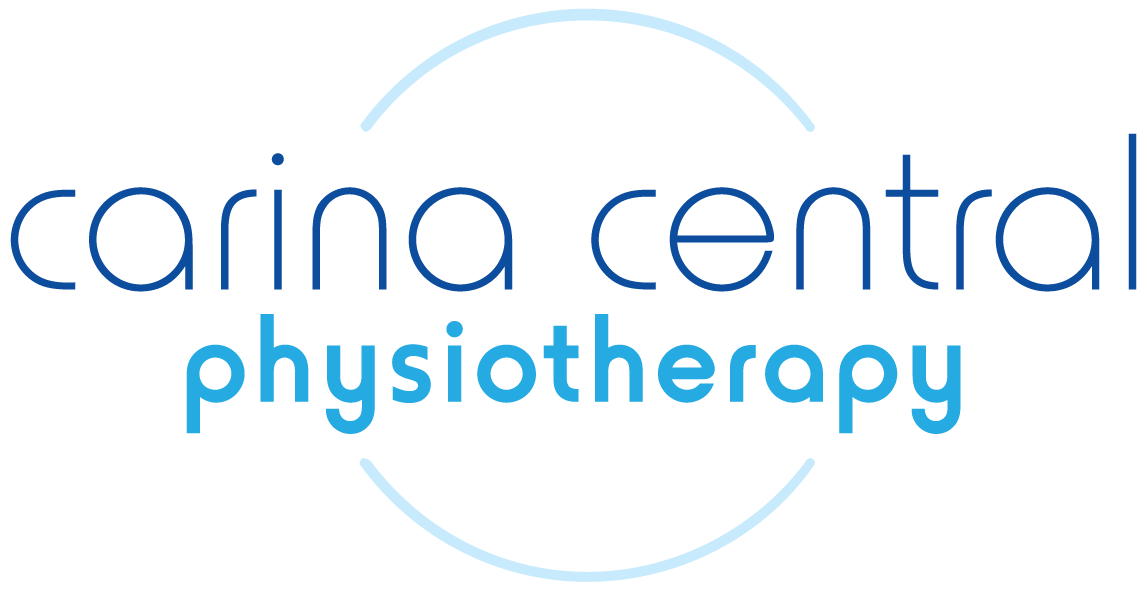
Neck Pain and Musculoskeletal Physiotherapy
Neck pain occurs in 30-50% of the population. Pain can be constant or intermittent; it may be felt in the middle of your neck - possibly spreading to the sides or across the shoulders, or felt just on one side of the neck. Occasionally symptoms will radiate into the arm. Sometimes issues in the neck can cause other symptoms such as headaches and light headedness, or sensations such as tingling or numbness.
What causes neck pain?
Neck pain can occur due to different reasons, some of which include:
- Arthritis (eg osteoarthritis, rheumatoid arthritis, psoriatic arthritis)
- Sprains (for example from a motor vehicle accident, a fall or from a sporting injury involving a collision)
- Strains (heavier use of the arms, occupational stresses such as those involving repetitive arm movements or overhead work, or posture/ergonomic loads)
- Acute wry neck (this is when you wake up with pain and limited movement, for no apparent reason)
Physiotherapy Assessment
Irrespective of the reason for the onset of the pain, physiotherapy assessment will involve an overall posture assessment. The upper back and shoulders will be assessed as poor movement here may affect the neck. Any stiffness in the thoracic spine (upper part of the back) may cause the neck to increase its movement to compensate. Poor strength of the shoulder blade muscles and increased activity in other muscles will alter the load on the neck, so shoulder blade positioning and movement (with or without load) will be assessed.
The joints of the neck will be assessed for their movement both actively and passively. This will help your physiotherapist determine which joints are likely to be responsible for causing your pain. Nerve tissue may be contributing to your symptoms and so tests specific for these neural structures may be included in your assessment.
The local muscles of the neck will also be assessed. As in most joints of the body, research has found that pain results in some muscles becoming weaker and underactive (usually the deeper, shorter muscles) while other muscles become overactive (the more superficial muscles). Muscles relating to the shoulder blade will need to be checked too. Any imbalances in the muscular system will be addressed with specific exercises.
What to expect from your physiotherapy treatment:
- Hands on treatment for pain relief (manual therapy, soft tissue massage)
- Posture advice
- Exercises (for muscle re-education and possibly for range of motion)
- Advice regarding work and home ergonomics
What about my pillow?
A good quality pillow may be helpful in resolving neck pain. In general, latex pillows have been shown to be more comfortable for people with neck pain. Some studies suggest that contoured pillows that support the curve of the neck are of benefit, but this is not necessarily true for everyone. Trialling a few pillows may be required!
REFERENCES:
- Shields N et al Are cervical pillows effective in reducing neck pain? NZ Journal of Physiotherapy – March 2006, Vol. 34 (1)
- Gordon SJ et al Pillow use: the behavior of cervical stiffness, headache and scapular/arm pain. J Pain Res. 2010; 3: 137–145.

If you are experiencing neck pain, request an appointment with Kim Abbott for an assessment.
